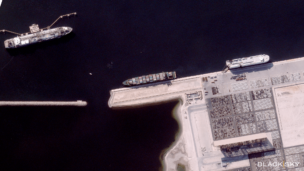It’s finally confirmed: Starliner will fly again.
In a briefing with NASA yesterday, Boeing ($BA) gave the first revised launch date for its crew capsule since last-minute reviews in June revealed that it was not yet ready to carry astronauts to the ISS weeks before the first planned crewed launch.
Now it’s aiming to be ready to carry a crew by March 2024. The actual flight date will depend on ISS needs and Atlas availability.
Fixer-upper
During the June review, two issues with the craft came up.
- Parachutes. The biggest safety issue came down to parachute deployment. If one of the three parachutes had a deployment issue, then the soft links connecting the other two to the capsule could snap. Boeing is planning a drop test in November with modified chutes and believes that only one test will be necessary.
- Tape. Hundreds of feet of P-213 glass cloth tape was used to wrap wiring harnesses throughout the vehicle, and tests showed that it can be flammable under certain circumstances. To address this, Boeing is dividing Starliner into 12 “zones” and assessing the risk of the tape in each. It aso removed 80% of the tape on the upper dome.
Playing catch-up
NASA selected Boeing and SpaceX at the same time back in 2014 to build commercial crew vehicles to ferry astronauts to the ISS by 2017. Though neither capsule met that deadline, the difference is clear: SpaceX is gearing up for its seventh operational crewed Dragon flight, while Starliner is still grounded almost a decade later.
Boeing has also significantly overspent on the Starliner program on top of its original $4.2B fixed-price contract. Financial results reveal that the company has racked up >$1.4B in additional costs.




